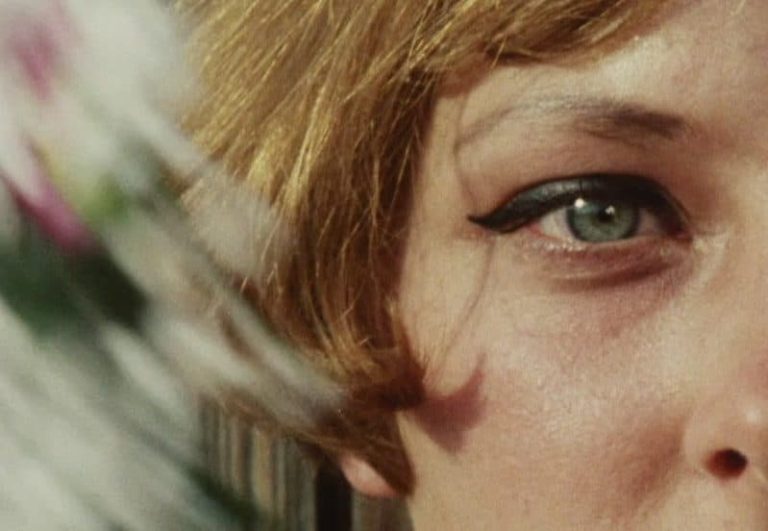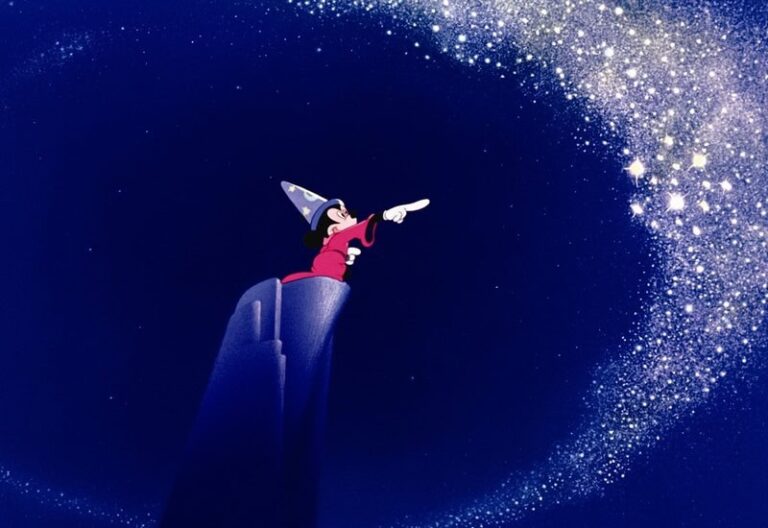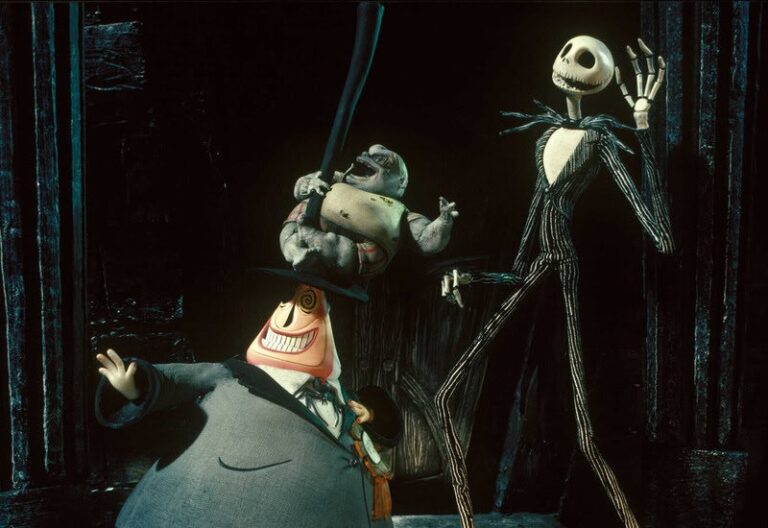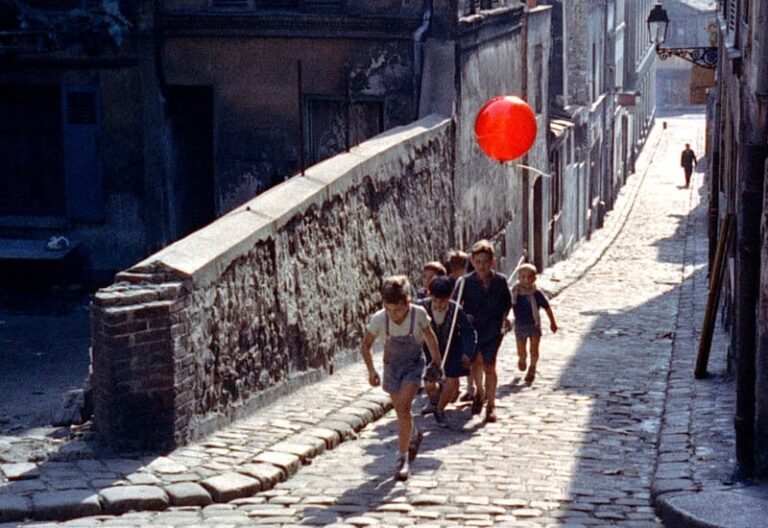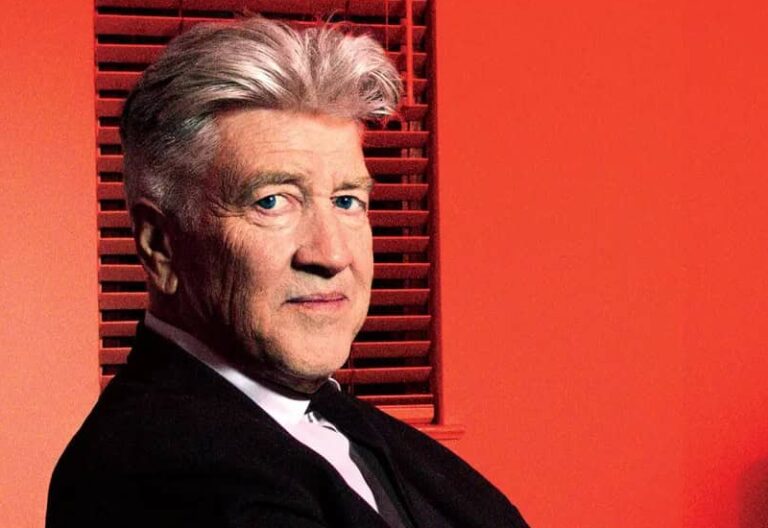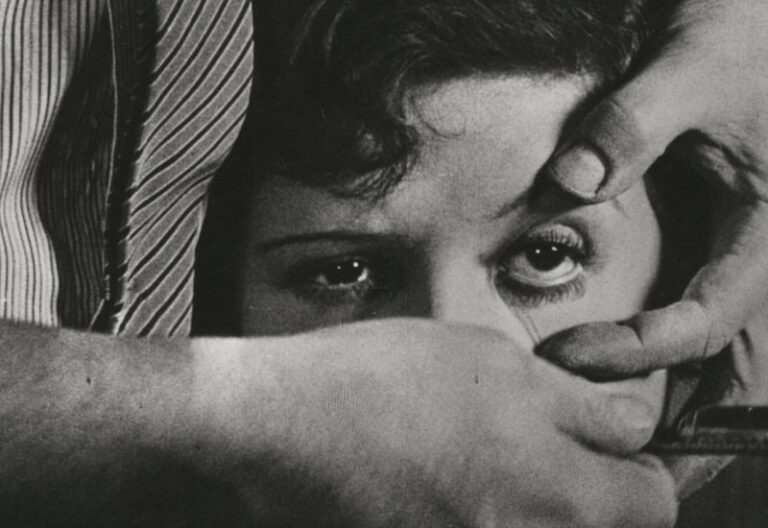where to begin with jan svankmajer
Jan Svankmajer is a Czech filmmaker known for his surreal animations which use a wide variety of techniques ranging from claymation to puppetry to paper cutouts. He was a leading figure in the Czech New Wave movement and has had a long career in experimental film.
Written by: Noah Morriss | Filed Under: Film Blog
“Disney plus Buñuel equals Svankmajer” – so states Milos Forman, a fellow pioneer of the Czech New Wave and his contemporary. Over a career spanning more than fifty years, Svankmajer has produced twenty-six short films and seven feature-length works, each showcasing his eclectic approach to animation and storytelling.
A taxidermied rabbit, life-size marionette puppets, slabs of steak, recycled material… these are the objects that Svankmajer brings to life, or brings back to life that is. Always experimenting, his animation techniques range far and wide including puppetry, montage, collage, live-action, claymation, stop-motion, and drawn animation. Sometimes multiple techniques are even used at once in order to create an even more surreal effect.
The plots of his stories are often simple and recognizable, basing themselves on fairy tales, legends, and stories that have become so ingrained in popular culture that they are practically myth. This allows him to present things in a more abstract fashion, as audience will more easily be able to follow along with a story that they already know.
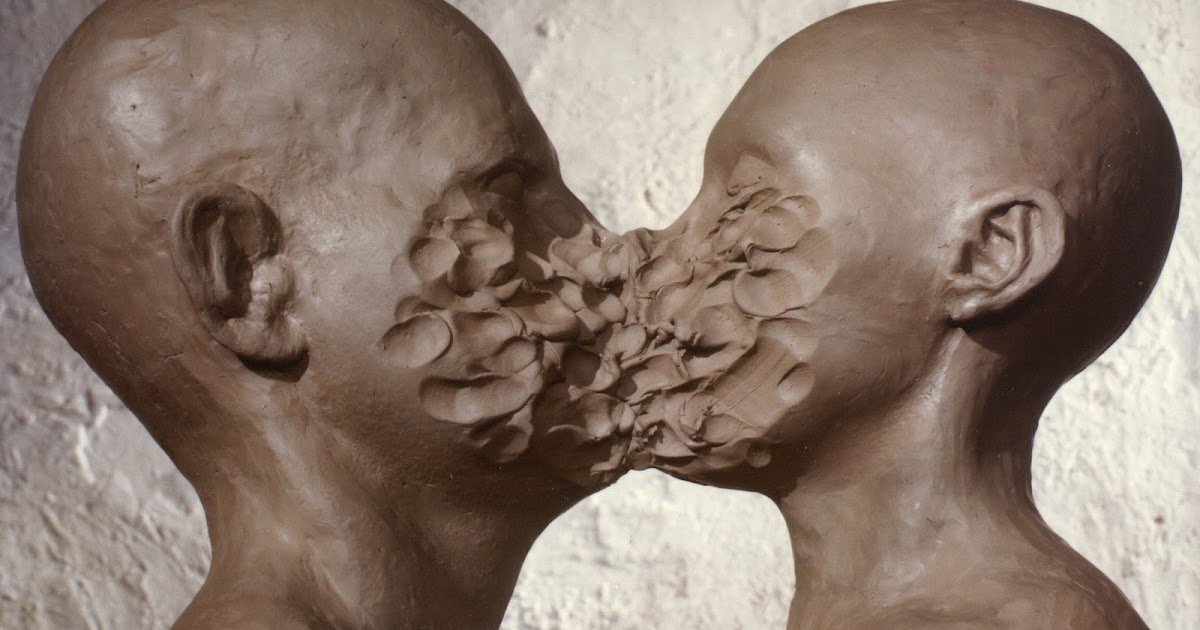
His career began in 1964, with short-film debut “The Last Trick,” a story about two rival magicians who are depicted as Kuroko style puppets, which established his affinity for puppetry and the surreal.
In 1972, while adapting “The Castle of Otranto,“ Svankmajer clashed with Czech authorities over its politically subversive content. As a result, he was banned from filmmaking until 1979. During this forced hiatus, he continued to produce art through prints, collage, and sculpture, forms that would later shape the aesthetic of his films.
Following the lifting of the ban, Svankmajer returned with a series of influential short films, among them, “Dimensions of Dialogue” is today considered a landmark. It garnered international attention and marked a significant turning point in his career, expanding his reputation beyond Czechoslovakia.
His first feature film, “Alice,” was released in 1988 to critical acclaim and cemented him as a macabre, surrealist animator. The film is an adaptation of Alice in Wonderland in which Alice explores a dark, basement-like complex and is followed by taxidermied animals, skeletons, puppets, and pieces of meat.
He would continue with filmmaking until 2018 with the release of his final film “Insects.” It serves as a fitting farewell, a summation of the themes and techniques that defined his career. Following its release, Svankmajer announced his retirement, leaving behind a body of work that continues to influence filmmakers around the world.
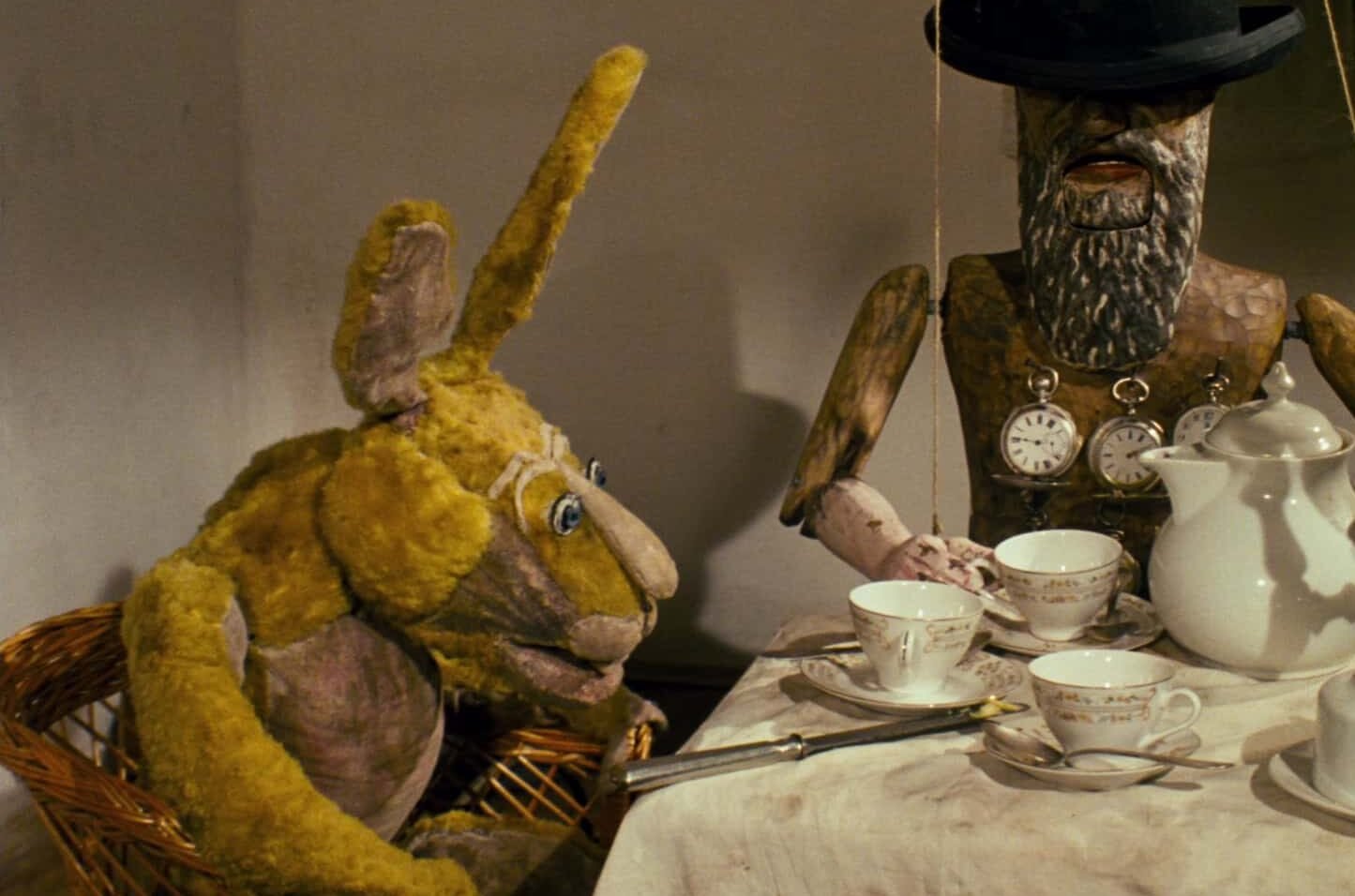
Characteristics and Style
Bringing Life Through Animation: Svankmajer is an animator with no definitive technique, he appreciates experimentation and developing new, often bizarre, ways of bringing life to lifeless objects. He views animation not as a technique in and of itself, but as a magic act that allows inanimate things to move. Objects like buttons, food, scrap metal, and clothing can all be given identities through animation.
Surrealism & the Absurd: While the plots of his films are recognizable in nature, the ways that the stories carry out are surreal and dreamlike. An abstract approach to defining characters, such as having a romantic scene between two slabs of steak, mixes the familiar with the unfamiliar.
The Art of Puppetry: This has long been a part of Svankmajer’s work. Influenced by a puppet set that he received as a child, he continued with the tradition through school and incorporated it into most of his film work. Sometimes puppets replace actors entirely, while others have actors acting against puppets.
Classic Tales Through a New Point of View: The plots of Svankmajer’s stories are often adaptations of existing work; Alice in Wonderland, Doctor Faustus, The Castle of Otranto, The Pit and the Pendulum. By using stories that have achieved the status of myth, he is able to manipulate their presentation without losing the audience as they know what to expect in terms of plot. This allows him to take more abstract approaches to their telling.
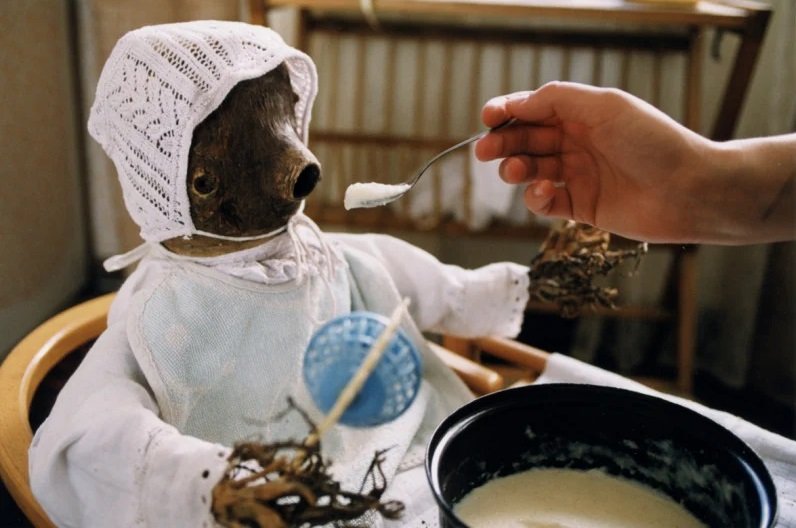
Famous Films from
Jan Svankmajer
“Dimensions of Dialogue” (1982): A trio of short films all shot using claymation. They depict clay figures interacting without dialogue through simple dramatic situations such as love and arguments. Terry Gilliam selected it as one of the ten best animated films of all time.
“Alice” (1988): A surreal, macabre retelling of Alice in Wonderland. Filled with animated taxidermy, glass eyes, and mysterious jars of items, the tales of Alice’s adventures down the rabbit hole are filled with nightmare images, though she never bats an eye at them.
“Food” (1992): A series of three short stories depicting breakfast, lunch, and dinner that poke fun at social etiquette through the use of stop-motion and clay animation techniques. With grotesque repetition and mechanical behavior, it critiques consumerism and routine.
“Faust” (1994): An adaptation of the Doctor Faustus legend that takes place in the dark backstage of a rundown theater. Mixing puppetry with live-action actors, the story evokes a Kafkaesque scenario in which a man is forced to act out the play against his will.
“Little Otik” (2000): Based on a Czech fairy tale, this dark comedy tells the story of a childless couple who raise a tree stump as their baby, only for it to develop a monstrous appetite. Blending folklore, body horror, and surrealist humor, it’s one of Svankmajer’s most acclaimed and accessible works.
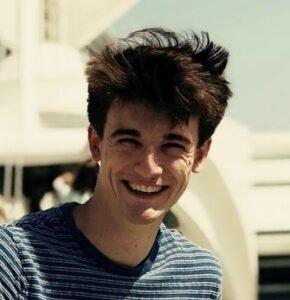
Author
Written by Noah Morriss, a writer and filmmaker based in Los Angeles. He is also a cofounder of Sonneteer Productions with his friend Zach Trent. His writing can be found at noahhenrymorriss.com. Feel free to following Noah on his Letterboxd profile or Twitter.
In the mid-20th century, a cinematic revolution was brewing in Czechoslovakia. The Czechoslovak New Wave, film movement characterized by visual experimentation…
Animation is an ever-evolving art form that has enchanted audiences for more than a century. From the earliest experiments in motion pictures to the cutting-edge CGI of…
Stop motion animation technique involves physically manipulating objects in small increments between individually photographed frames, creating the illusion of movement…
Short films are a versatile and impactful form of cinema, typically ranging in length from a few minutes to around 40 minutes. They serve as a powerful medium for…
Auteur theory is a critical framework in film studies that views the director as the primary creative force behind a film, often likened to an “author” of a book. This theory suggests…
Experimental film, referred to as avantgarde cinema, is a genre that defies traditional storytelling and filmmaking techniques. It explores the boundaries of the medium, prioritizing artistic…

